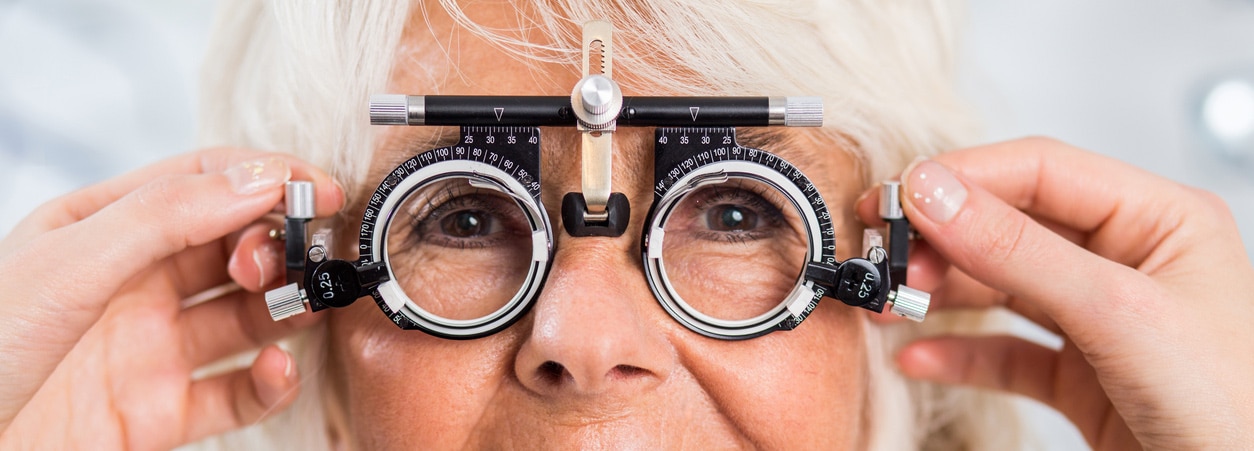
A wide variety of tests and procedures are utilized in order to examine your eyes. These tests range from simple ones, like having you read an eye chart, to complex tests, such as using a high-powered lens to visualize the tiny structures inside of your eyes. A comprehensive eye exam can take an hour or more, depending on the number and complexity of tests required to fully evaluate your vision and the health of your eyes.
Preliminary testing may include evaluation of specific aspects of visual function and eye health such as depth perception, color vision, eye muscle movements, peripheral or side vision, and the way your pupils respond to light. External examination of the eye includes evaluation of the cornea, eyelids, conjunctiva and surrounding eye tissue using bright light and magnification.
Evaluation of the lens, retina and posterior section of the eye may be done through a dilated pupil to provide a better view of the internal structures of the eye. Measurement of pressure within the eye (tonometry) is also performed.
Visual acuity measurements evaluate how clearly each eye is seeing. As part of the testing, you are asked to read letters on distance and near reading charts. The results of visual acuity testing are written as a fraction such as 20/40.
Refraction is conducted to determine the appropriate lens power needed to compensate for any refractive error (nearsightedness, farsightedness, or astigmatism). Using an instrument called a phoropter, a series of lenses is placed in front of your eyes and measured how they focus light using a hand held lighted instrument called a retinoscope.
Additional testing may be needed based on the results of the previous tests to confirm or rule out possible problems, to clarify uncertain findings, or to provide a more in-depth assessment.
Typical tests of the comprehensive eye exam may include:
Dilation
Drops may be placed in your eyes to dilate, or widen, the pupils. Your physician uses a magnifying lens to examine the eyes. Your vision may remain blurred for some time after the drops are placed. It is suggested to bring a driver with you, if necessary, to your exam.
Slit-lamp exam
The slit-lamp examination looks at structures that are at the front of the eye.
Color vision test
A color vision test may be used to check your ability to distinguish between different colors.
Tonometry
Tonometry is a test to measure the pressure inside your eyes. This test is used to screen for and manage glaucoma.
Visual field test
This test measures your side (peripheral) vision. It helps our doctors find out if you have lost side vision.

